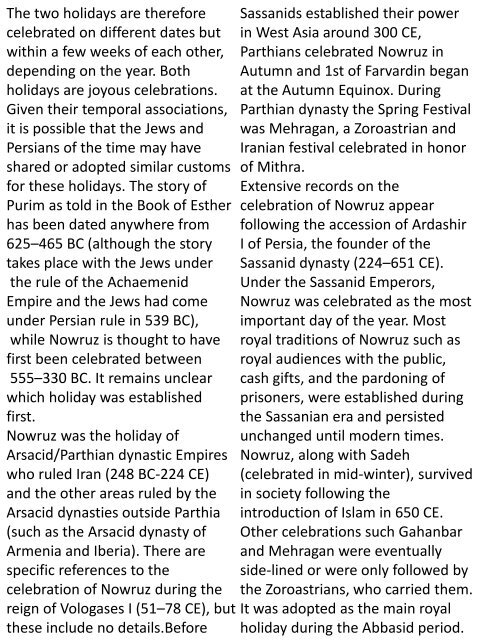Aziz art March 2018
History of art(west and Iranian)-contemporary art-Reza Khodadadi-Alfred Basbous-Marcos Grigorian-Middle East art -surrealism painting -Iranian art auction -Famous Iranian art -middle east artist-Famous iranian artist-humanity-Iranian#Iranian contemporary art -middle east -surrealism painting -visual art -gallery-contemporary art -Qajar art - art auction -exhibition -modern art -London -USA - UK -Aziz Anzabi-Famous Persian artist-painting-art-life-man-woman
History of art(west and Iranian)-contemporary art-Reza Khodadadi-Alfred Basbous-Marcos Grigorian-Middle East art -surrealism painting -Iranian art auction -Famous Iranian art -middle east artist-Famous iranian artist-humanity-Iranian#Iranian contemporary art -middle east -surrealism painting -visual art -gallery-contemporary art -Qajar art - art auction -exhibition -modern art -London -USA - UK -Aziz Anzabi-Famous Persian artist-painting-art-life-man-woman
Create successful ePaper yourself
Turn your PDF publications into a flip-book with our unique Google optimized e-Paper software.
The two holidays are therefore<br />
celebrated on different dates but<br />
within a few weeks of each other,<br />
depending on the year. Both<br />
holidays are joyous celebrations.<br />
Given their temporal associations,<br />
it is possible that the Jews and<br />
Persians of the time may have<br />
shared or adopted similar customs<br />
for these holidays. The story of<br />
Purim as told in the Book of Esther<br />
has been dated anywhere from<br />
625–465 BC (although the story<br />
takes place with the Jews under<br />
the rule of the Achaemenid<br />
Empire and the Jews had come<br />
under Persian rule in 539 BC),<br />
while Nowruz is thought to have<br />
first been celebrated between<br />
555–330 BC. It remains unclear<br />
which holiday was established<br />
first.<br />
Nowruz was the holiday of<br />
Arsacid/P<strong>art</strong>hian dynastic Empires<br />
who ruled Iran (248 BC-224 CE)<br />
and the other areas ruled by the<br />
Arsacid dynasties outside P<strong>art</strong>hia<br />
(such as the Arsacid dynasty of<br />
Armenia and Iberia). There are<br />
specific references to the<br />
celebration of Nowruz during the<br />
reign of Vologases I (51–78 CE), but<br />
these include no details.Before<br />
Sassanids established their power<br />
in West Asia around 300 CE,<br />
P<strong>art</strong>hians celebrated Nowruz in<br />
Autumn and 1st of Farvardin began<br />
at the Autumn Equinox. During<br />
P<strong>art</strong>hian dynasty the Spring Festival<br />
was Mehragan, a Zoroastrian and<br />
Iranian festival celebrated in honor<br />
of Mithra.<br />
Extensive records on the<br />
celebration of Nowruz appear<br />
following the accession of Ardashir<br />
I of Persia, the founder of the<br />
Sassanid dynasty (224–651 CE).<br />
Under the Sassanid Emperors,<br />
Nowruz was celebrated as the most<br />
important day of the year. Most<br />
royal traditions of Nowruz such as<br />
royal audiences with the public,<br />
cash gifts, and the pardoning of<br />
prisoners, were established during<br />
the Sassanian era and persisted<br />
unchanged until modern times.<br />
Nowruz, along with Sadeh<br />
(celebrated in mid-winter), survived<br />
in society following the<br />
introduction of Islam in 650 CE.<br />
Other celebrations such Gahanbar<br />
and Mehragan were eventually<br />
side-lined or were only followed by<br />
the Zoroastrians, who carried them.<br />
It was adopted as the main royal<br />
holiday during the Abbasid period.


















